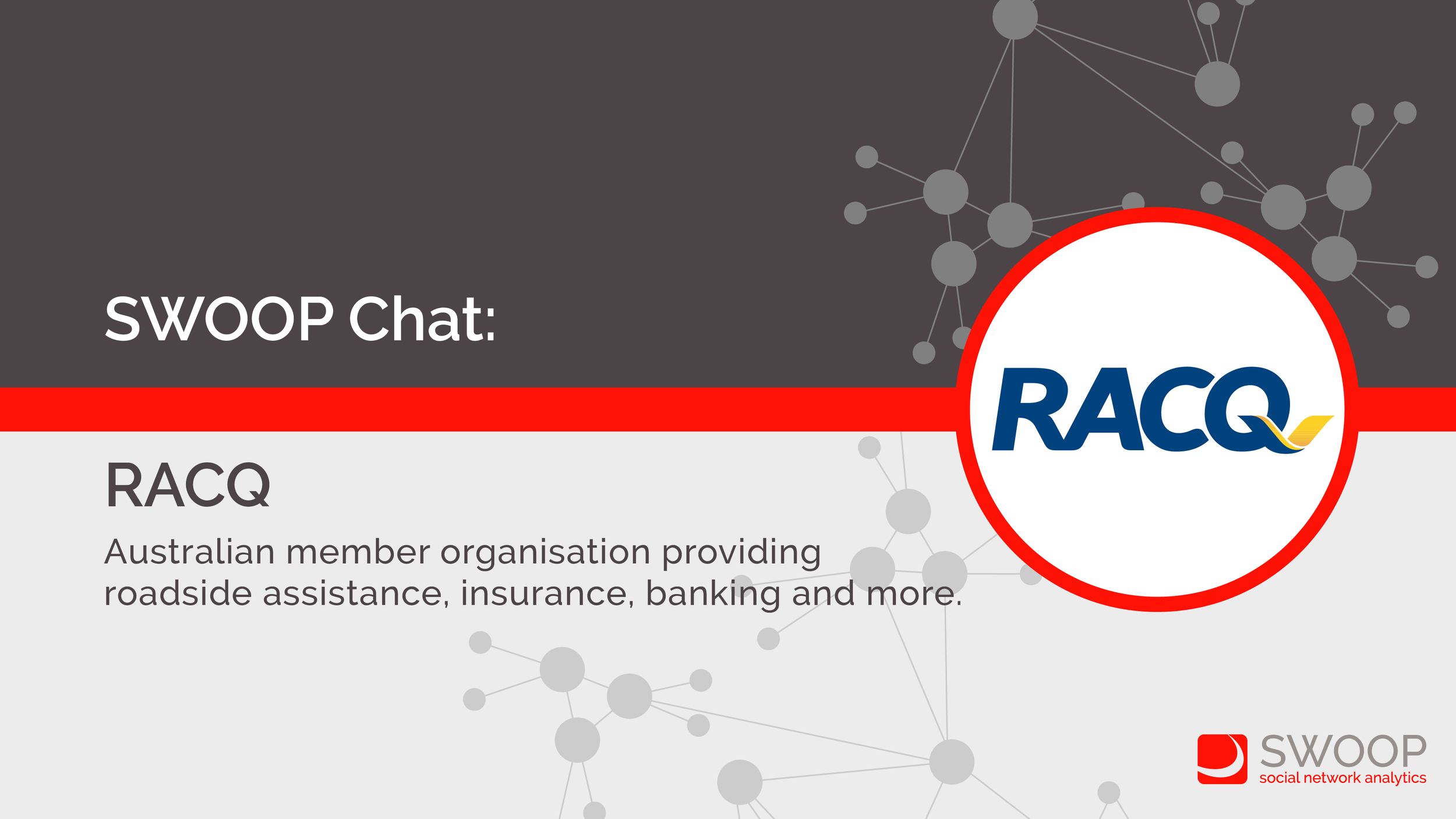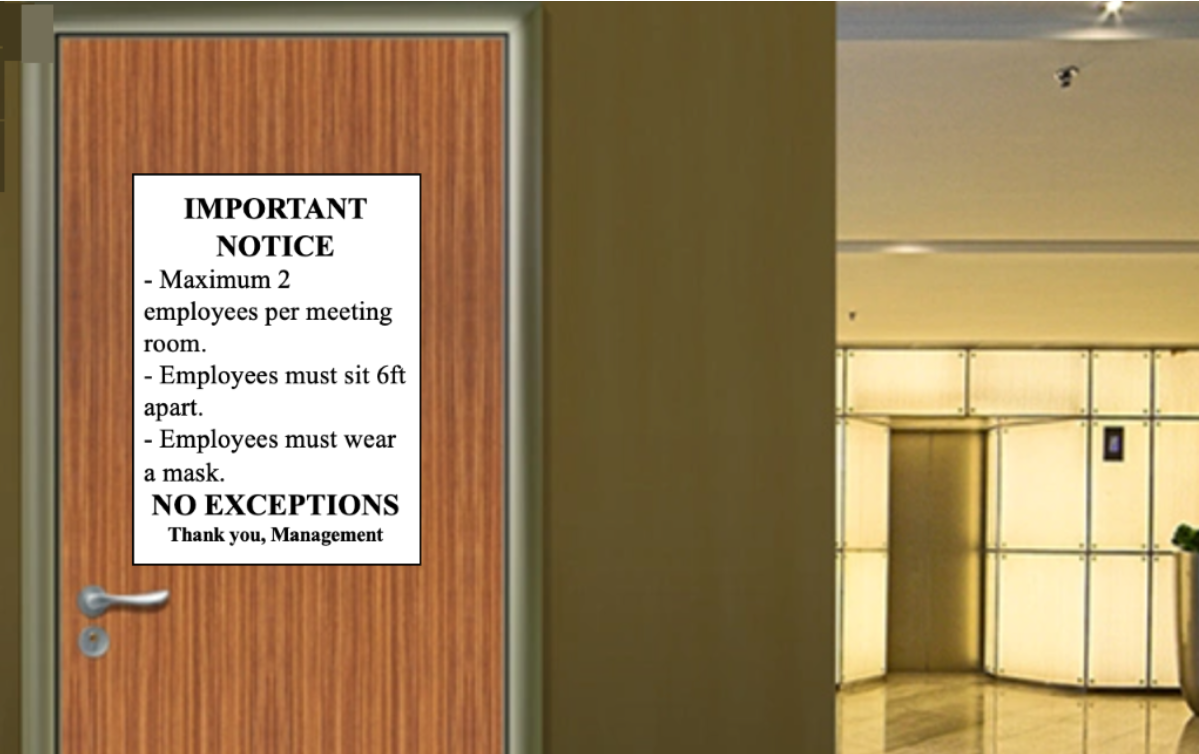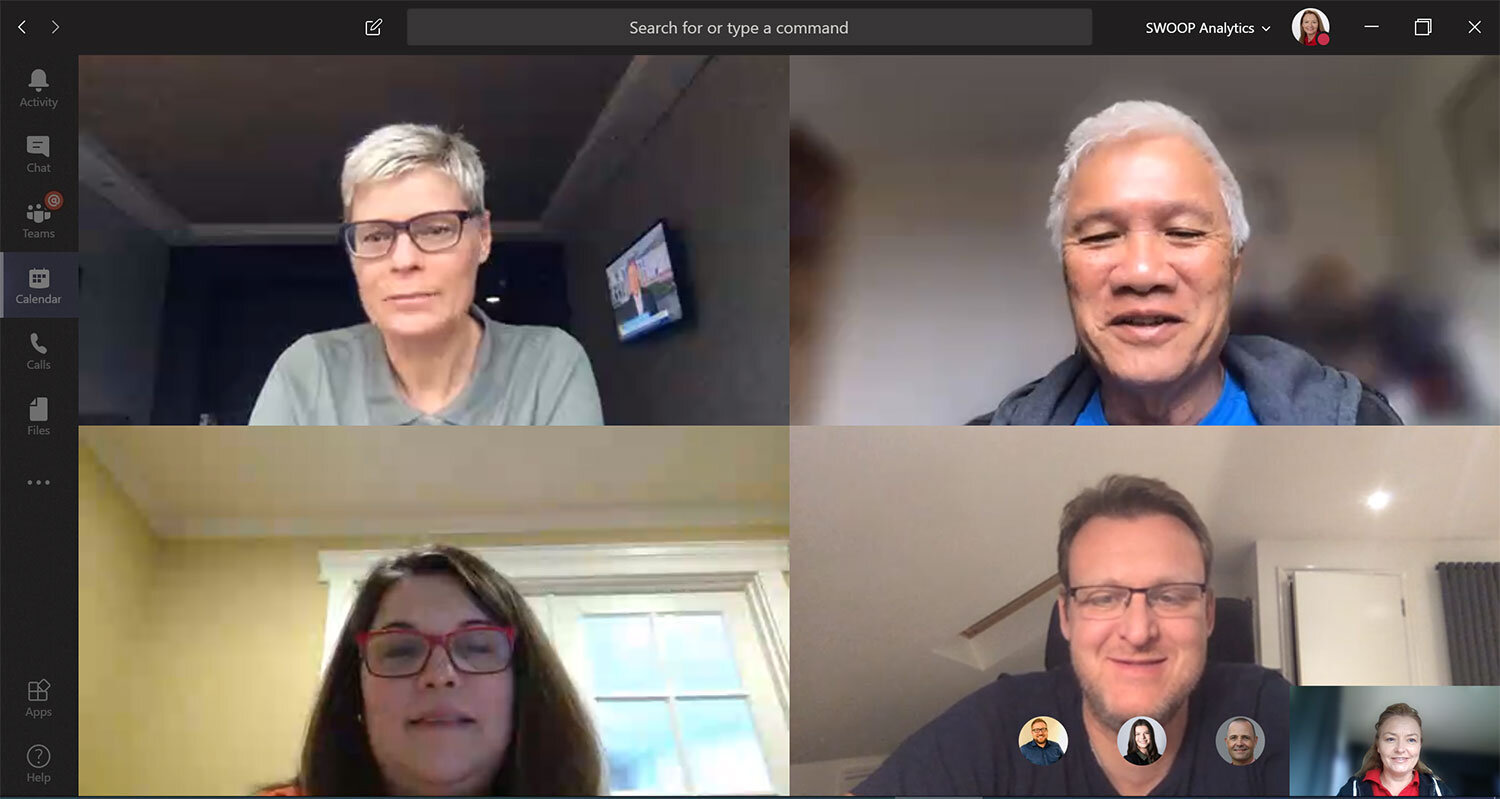Returning to work: A digital leaders’ guide to measuring success
A lot has changed since leaders, and their teams, were last together in person in February.
As we slowly see the COVID-19 curve flattening, corporations around the world are starting to contemplate their return to work strategy.
With this comes significant new challenges and questions for leadership like; “How will we socially distance in the office?” “How will I manage my team that is partly virtual.” “Where will we get enough hand sanitizer for everyone?”.
And that’s just for starters! To adapt to what is likely to be the new norm for the foreseeable future, leaders must now rethink everything they know, and at the top of their list should be measuring success in their digital workplace.
The new normal – a sanitized and socially distanced workforce
First, let’s talk about how the new normal will likely look.
Based on what we know (and let’s face it, this changes daily), working in the office is going to be unlike anything we’ve ever experienced before.
From mandatory face masks or protective gear, staggered breaks and socially distanced meetings, to the reality of having only a small percentage of a team in person at any given time.
The new standard will mean employees’ focus will not only be on their work but also on their safety and new requirements that guarantee it.
For leaders, this is going to require significant empathy and a new approach to performance measurement.
Measuring teams, you can’t see
Remember what one of these looks like?
So many leaders I know love the energy of the office.
They thrive in environments where they can see their people, call on them when they need information, conduct meetings around a table, stand at the front of the room to deliver a presentation, and generally create a robust in-person culture.
I’ve been told often during my career that “working from home is a privilege, not a right” or “use work from home cautiously as it’s hard to be successful if you are not in the office.”
But in the new normal, this ethos will simply have to change.
Leaders are now faced with a choice: rethink how they measure success and pioneer new ways of performance management or be left behind by others who do.
What I am trying to say is that goals for employees, when they return to work, will need to reflect the new ways employees are now working, and leaders should be prepared for employees to expect this.
Understanding and being able to measure employee digital behaviour is key
The first thing for leaders to rethink is how they perceive employee success and measure employee behaviour.
To do this, they must devise new metrics and update old performance agreements to align to a workplace with employees they cannot see, i.e., working online. Some of the leaders’ most valuable core KPIs are now digital. Here are a few examples:
Two Way Relationships – Measured by interactions between employees in both directions. If one employee is always initiating interactions, the relationship is one way.
Mention Index – How many times an employee has tagged another person on their digital posts. Using the @ tag leads to, on average, 73 per cent more replies.
Curiosity Index – How often does an employee ask a question? Asking questions can be an effective way to facilitate discussion and seed deeper interactions. Asking a question leads, on average, to 150 per cent more replies.
Cross Team Collaboration Index – Measured by understanding the degree to which an employee collaborates with others outside of their immediate team, group, or business unit.
Digital metrics benchmarking
These examples are not exhaustive, and SWOOP for Microsoft Teams, Yammer, and Workplace from Facebook offers a full suite of in-depth analytics to understand the collaborative environment fully.
And merely having this knowledge on hand is only the beginning of the actual realisation of digital potential.
Once leaders can understand these new digital metrics across their organisations, they will need to make them a core tenant in employee performance agreements and seek to compare them across global benchmarking studies.
For information on how SWOOP can help your organization prepare for the return to work, please reach out to me directly on LinkedIn or Twitter.









